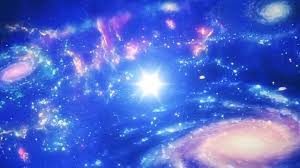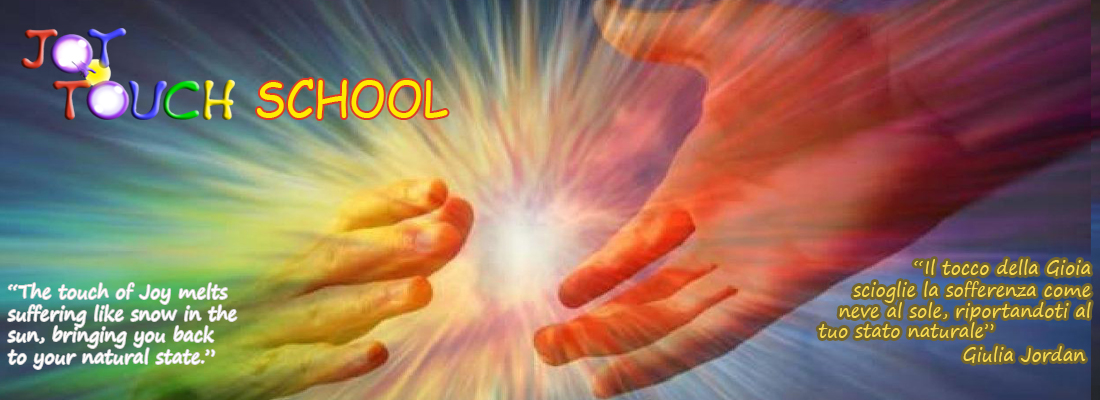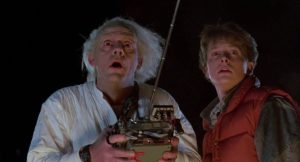Parallel Universes and our Personal Stories
We have been conditioned to think that our personal story as we tell it, is the only “true” and the only one possible. Furthermore, looking at the events of the past, we are convinced that: “it is now like this” so what has happened can no longer be changed. We have also accepted the idea that the future is yet to come and that we do not know “what it can reserve”.
Fortunately, these beliefs about our personal history and about time as past, present and future are no longer valid. Science, spirituality and empirical experience show us that our “both personal and collective” history has many facets of which we are not aware and that all events can be changed thanks to the multidimensionality of our Being.
In practice, the most advanced research, as we shall see, maintain that we do not have a single story, but many possible stories, all coexistent in parallel universes even if we are not aware of them.
Not only spirituality but also science was concerned with parallel universes.
Stephen Hawking and Thomas Hertog, well known and respected scientists, have devised a theory called “Top-down-cosmology”, according to which in the first moments of the Big Bang, there was a superposition of different versions of the Universe and not a single version like it was believed until today. In essence, the Universe has not had any single initial state, but rather a plurality of possible “stories” each with its relative birth and its peculiar physical laws.

We are talking about the existence of a Multiverse, rather than a Universe, therefore the simultaneous presence of parallel universes.
According to the Top-down theory, our universe would therefore not have a unique past but a plurality of possible pasts. Of these possible pasts, the universe chooses a particular story in the present, from a superposition of many other possible ones.
If there are several possible pasts for the universe, it is clear that these are simultaneous, co-present. But if the past is coexistent, we can deduce that so are the possible futures and therefore the existence f a single time: the simultaneous present.
It is we individually and collectively that we have chosen to focus attention only on this space-time dimension ignoring all other possibilities.
Returning to the stories, this means that the past and therefore the future of the universe, our quantum or quantum particles can be transformed, it is not static, but fluid, changeable.
In fact, this has been demonstrated in the laboratory with quantum particles in John Wheeler’s experiment at Princeton University, called “Quantum Eraser”.
In this experiment, Wheeler and his collaborators worked with quantum particles managing to change their behavior in the present and, through this change, modify the behavior of the same particles in their past. In essence, by changing the present, the past has also been modified which, through these modifications, has given rise to a different present. Doesn’t it remind you of the plot of the movie The Time Machine?
Since we too are made of quantum particles, it seems obvious that we too can modify our relations with the past – especially the one with painful events – and choose a different present and future within the multidimensionality.
This important change in our past and our stories can take place in the simultaneous present.
As Gregg Braden suggests:
“At the end of a cycle (of time) and before the next cycle begins, there is a space in which no cycle exists, and this space is the present. It is the space between the inhalation and the exhalation of the breath, between the rising of the sun at dawn and its setting in the evening, between day and night. In this space there is the present and in the present everything is possible, in the present there is nothing else. And it is in this place and only in the present moment that we can renew our bodies and proceed, move forward with new choices without the judgment of the past “.
Therefore, if we want to live a present in which to be at peace with ourselves and others, living healthily and expressing our creativity, loving ourselves and others, this is possible by choosing from the many parallel universes available to us. Among the universes there is an interconnection by which what happens in a universe is reflected in the others and vice versa.
Furthermore, what we fail to accomplish in a lifetime is realized instead in our other parallel lives. It looks like a beautiful “never-ending story.”
And what would it be like if we chose an universe and a life full of joy and love?
Giulia Jordan
www.giuliajordan.com


